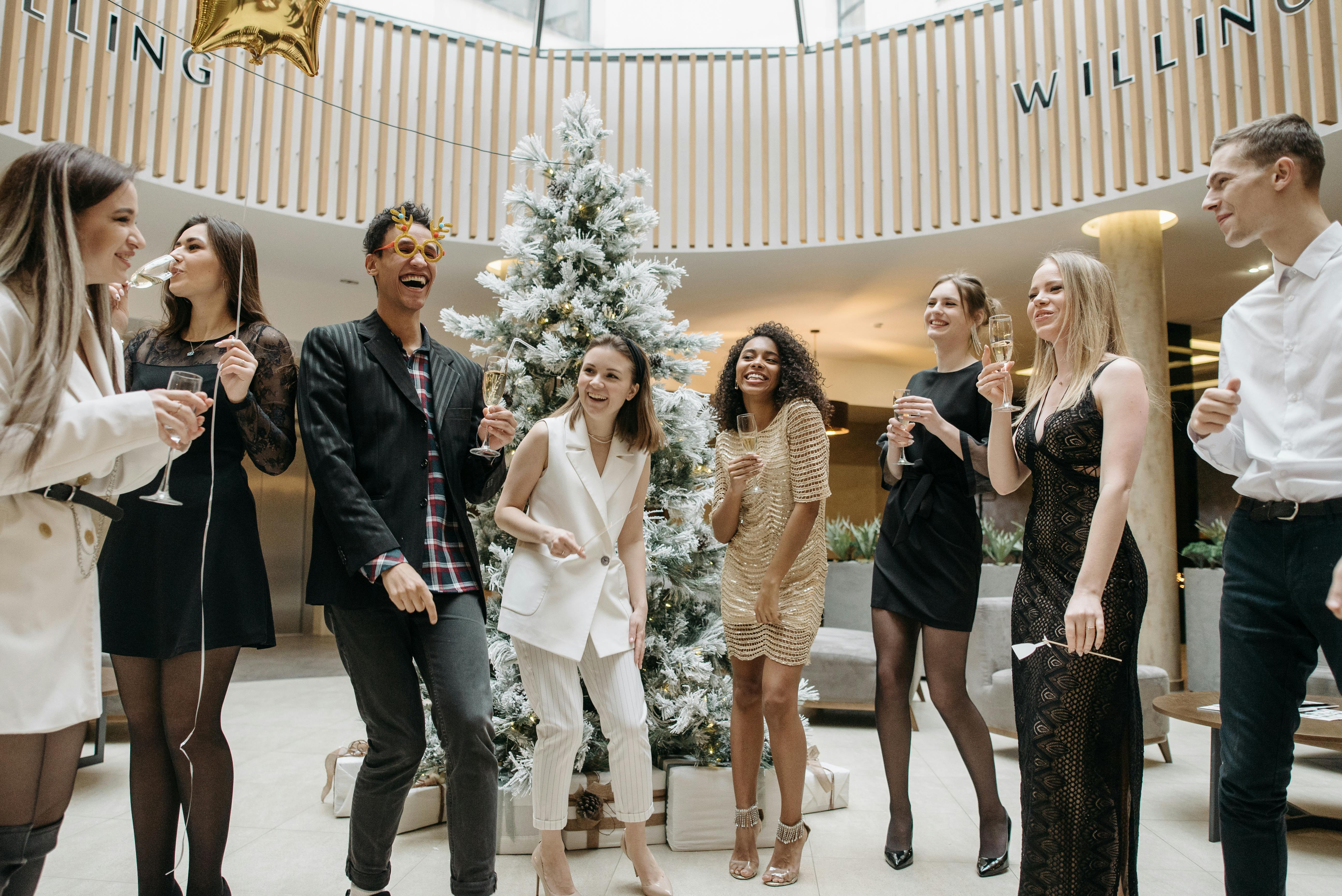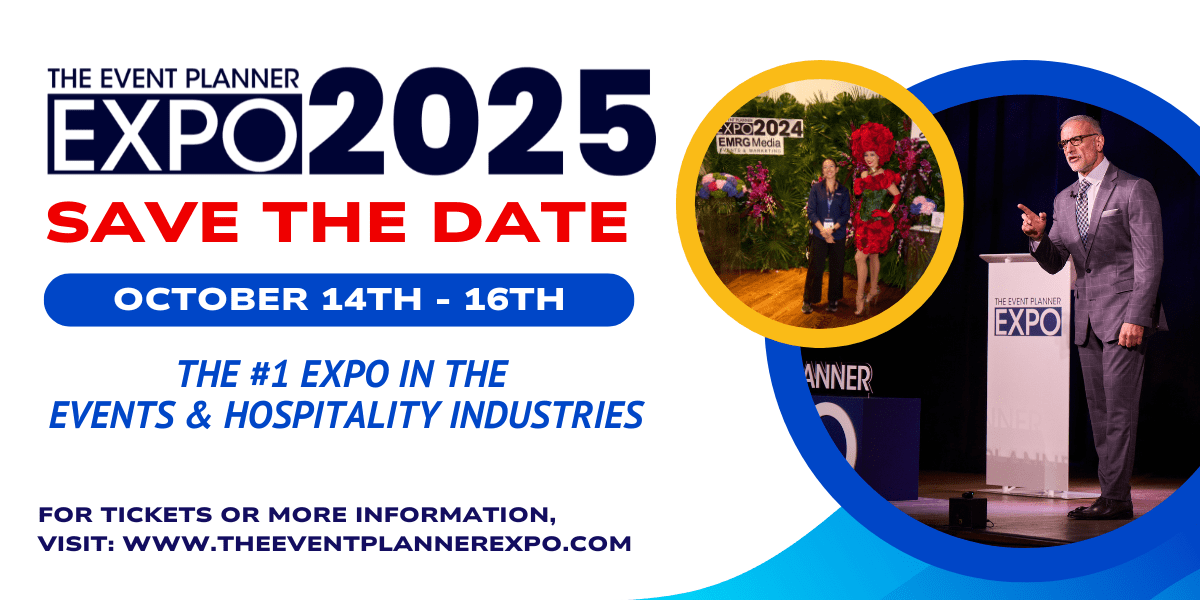How to Weave Storytelling Into Every Element of an Event

Events that resonate always tell a story. Guests don’t just see décor or watch a performance. They move through a narrative. When planners build storytelling into every layer, the night has texture, rhythm, and meaning. People leave with memories that feel connected, not random.
Here’s how to make storytelling the spine of every element.
Lock the Plot Before You Book a Thing
Every event needs a backbone. Before locking talent or rentals, define the central theme. Innovation. Heritage. Gratitude. Growth. Whatever it is, make sure every choice flows from that idea. Think of it like writing a headline before drafting the article — it keeps everything on track.
Invitations as the First Chapter
The story begins when the invite hits inboxes or doorsteps. Go beyond text blocks and logos. Create anticipation.
Video teasers. Textured mailers. Interactive RSVPs. Each can hint at the bigger narrative. For a fashion brand, the invite could mimic fabric swatches. For a tech company, maybe it’s an AR filter. Guests should already feel like they’re part of something before stepping into the venue.
Arrival That Sets the Tone
The entry moment is your opening scene. A plain check-in table won’t cut it. Design arrival as an experience.
Lighting that washes the space in brand colors. Music that fits the energy. Greeters who carry the tone in their wardrobe and words. Even a welcome sip or bite that ties to the theme. Arrival is the hook — pull guests in right away.
Décor That Speaks Without Words
Décor is more than backdrop. It should do some of the storytelling heavy lifting.
Every color choice sends a message. Color tells guests what kind of brand they’ve entered. Layouts reveal if the feel of the event is close and personal or made for a crowd. Projection mapping can move the story along from wall to wall. A nonprofit might spotlight its mission through data worked into décor. A lifestyle brand might go full immersion and turn the room into its own universe. That’s the sweet spot: when the space itself does the talking.
Bite-Sized Storytelling
Food is one of the easiest ways to tell a story without saying a word. Menus can connect culture, place, and purpose. It’s one of those details that makes the theme feel lived-in instead of labeled.
Global tasting stations highlight growth and reach. Farm-to-table menus show sustainability. Dessert can be playful with shapes, colors, or flavors tied to the theme. Even plating style tells a story — elegant, rustic, futuristic. Guests absorb it without you having to explain a thing.
Entertainment That Moves the Plot
Every act should advance the message. Entertainment is a character in the story, not a filler act.
Dance can embody emotion or transformation. Music can be curated to show the brand’s vibe. Specialty performers can customize costuming or dialogue to echo campaign themes. When acts are briefed well, guests get entertained and educated at the same time.
Lighting That Nudges Emotion
Lighting sets pace and mood better than almost anything.
Cool tones at arrival energize. Warm tones at dinner relax. Sudden shifts in hue signal big reveals. Pinspotting draws focus like a camera lens. The trick is keeping the cues subtle but powerful. Guests don’t have to notice the detail to feel its impact.
Sound That Carries the Atmosphere
Sound fills the gaps décor can’t. A curated playlist can evolve with the event flow. Ambient effects in transition moments can make spaces feel alive. Even voiceover choices — tone, pacing, delivery — change how the story lands.
Think of sound as connective tissue. It ties the visual story together and keeps energy from dipping.
Speakers Who Anchor the Narrative
Presenters and keynotes need to tell stories, not deliver data dumps. Train them to connect facts to human moments. Pair them with visuals that support, not distract.
A strong speech framed as a story becomes the anchor for the entire event. Guests will repeat those anecdotes long after the event is over.
Transitions That Don’t Break Flow
Moving people between spaces or program points is where stories often fall apart. Dead air kills momentum.
Solve it with connective moments. Music shifts. Lighting cues. Roving performers guiding traffic. Video interludes that bridge one section to the next. Guests should never feel like they’re waiting for something to start. They should feel like the story is unfolding naturally.
Give Guests a Role in the Story
The most memorable events invite participation. Guests should have opportunities to shape or interact with the narrative.
Collaborative art walls. Gamified challenges. Personalized mementos they create themselves. These moments transform guests from spectators into characters. When people play a role, they retell the story for weeks.
After-Party as the Epilogue
Every great event deserves a strong ending. The after-party should pick up the energy where the main event leaves off, not start from scratch. Keep familiar aspects of the event, like the lighting, music, and drinks so the night feels cohesive. Guests leave with the sense that every moment was part of one story.
Last Impressions Count
Never let people slip out unnoticed. Exits are as important as arrivals.
Guests notice when exits feel rushed or forgotten. Create a send-off that leaves them with a sense of closure and care. Reinforce your brand with a small branded token or a thoughtful note. Give your guests one last memorable interaction before they step out of the door.
Why Storytelling Sticks
Storytelling makes events coherent. It helps guests connect dots and remember key messages. Décor, entertainment, food, lighting, and even logistics work harder when tied to narrative. The story is what makes them shareable, memorable, and ROI-driven.
The Event Planner Expo: The Art of Event Storytelling
The Event Planner Expo 2025 highlighted event storytelling and just how powerful it is in modern event design. Guests want to experience events that are memorable and worth their time. The Expo does a deep dive into ways to make the most of every event, from beginning to end.
If you missed The Event Planner Expo 2025, not to worry. We are already working on what’s in store for next year. The Event Planner Expo 2026 will bring new strategies, innovative trends, and insider insights on how to weave a story into every moment of an event.
